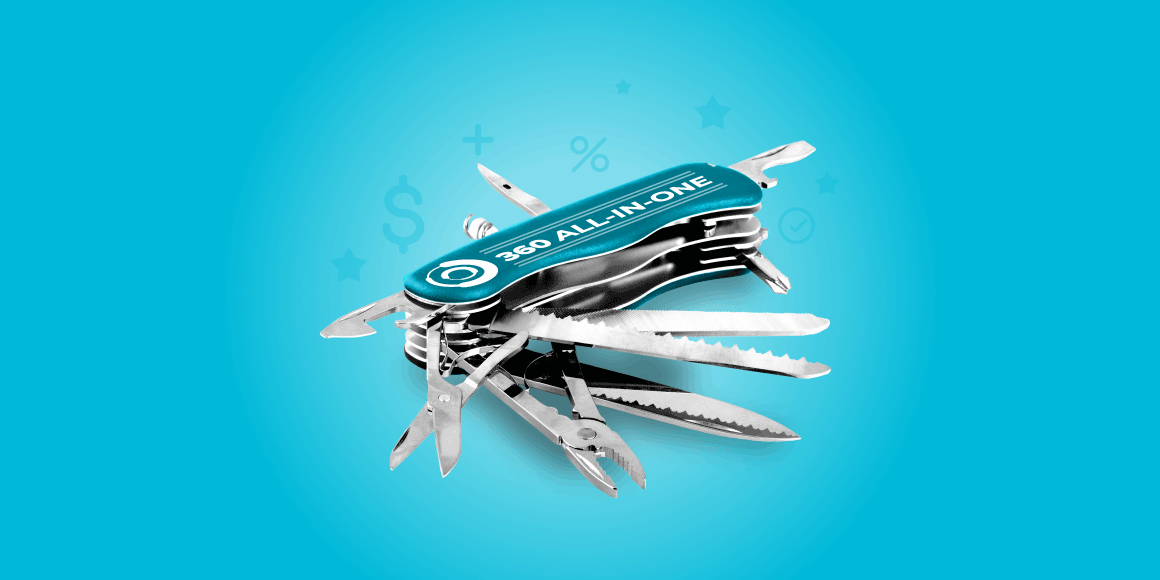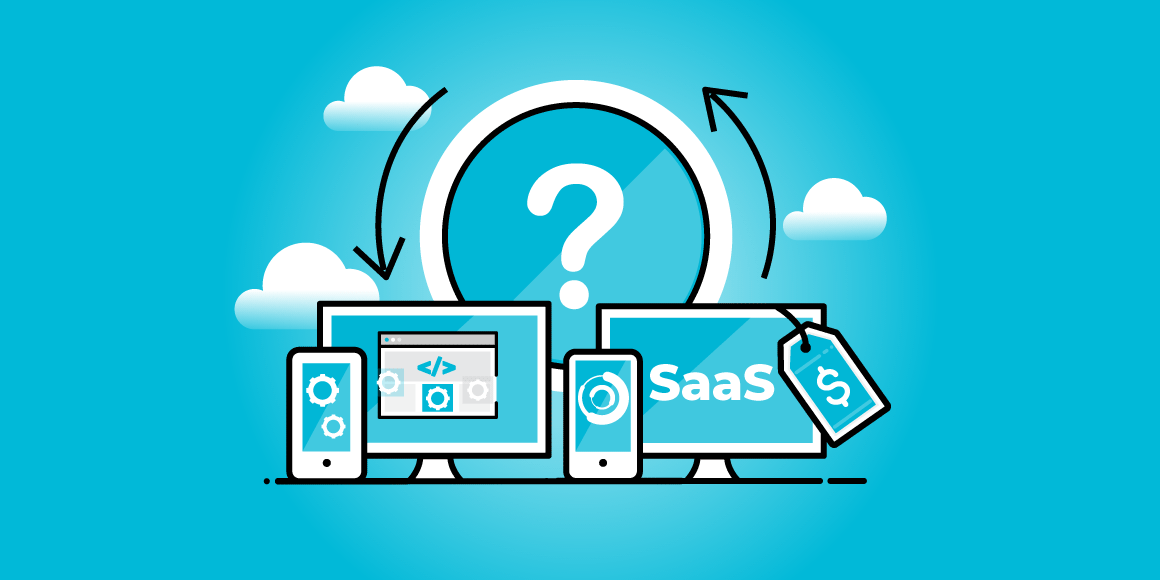We all have our go-to tools: the trusty hammer, those four screwdrivers—two flathead, two Phillips head—a set of pliers, a tape measure, and maybe an electric drill (for special occasions).
Sure, there may be a few more—and possibly a few heavy-duty ones that we break out when the situation calls for it. But for the everyday projects around the house, most of us have these few reliable items that are a “must” for our toolbox.
Just like your homeowner’s toolbox, your sales incentive “toolbox” also contains a few essentials that any good strategy should never be without. These include a variety of services, tactics, and technologies that will of course depend on your budget and business objectives.
This is not to suggest that an incentive program should become a one-size-fits-all approach. However, you should always consider some common “tools” that are worth having as part of your overarching sales incentive strategy. Let’s take a look at a few.
Competition and Recognition
There’s nothing quite like the thrill of making a sale. For many salespeople, selling is often equated to winning, even if you’re just competing against yourself and the disappointment of the non-sale.
But this idea of winning speaks to the fact that salespeople tend to be competitive by nature. With a sales incentive strategy, you can play to this factor by engaging your salespeople in a bit of competition against one another.
There’s nothing ill-intentioned in this. Depending on the size of your salesforce, individual salespeople may already be more or less aware of how successful their coworkers are. As a result, they’re likely to already judge their own success against that of their peers.
Add to this the fact that within an organization, a sale for one team member typically does not mean that that sale was “stolen” from another member. Quickly you start to understand how a sales incentive doesn’t just harness your salespeople’s natural competitiveness. It can enhance it.
You want to cultivate this healthy competitiveness and get the most out of your sales incentive strategy. So, it makes sense to find ways to highlight the competition itself.
This can be done through easily viewable leaderboards that are updated consistently. Or it can be accomplished by sending out materials or holding recognition ceremonies that shine a spotlight on top achievers—often in front of their peers—and the award(s) they’ve earned.
Easy Reporting and Sales Performance Tracking
There are two additional things you can do to help maintain this healthy competition amongst your sales team. Both involve data.
One is to make the sales reporting process simple, secure, and streamlined. The other is to provide consistent tracking of sales performance.
On the back end, this typically means integrating a robust, user-friendly CRM deal registration system that’s easy for your sales team to access and manage. On the front-end, it may include some basic training with this software, as well as performance update communications via email, push notifications, etc.
In this way, you’re able to keep salespeople informed about their progress and engaged in maintaining it.
Pre-Sales Incentives
When dealing with a B2B sales incentive strategy, steps-to-the-sale behaviors are often integral to the achievement of the sale itself. Depending on factors like length of sales cycle and complexity of your sales channel, there may be opportunities to reward for the completion of eLearning or other training modules, opportunity registration, achievement of special certifications, and other activities.
By implementing an incentive program that targets these types of pre-sales and/or enablement behaviors, you can help ensure that your strategy targets more than just those home runs hit by your top 20%.
Dynamic Incentive Rewards Structure
Finally, an effective sales incentive strategy should have tangible rewards that salespeople feel are worth working towards. On the one hand, it’s important to form the right kind of sales spiff strategy that is data-driven and measurable. In fact, research has shown that sales spiffs can have a strongly positive effect on market share, engagement, and customer acquisition.
On the other hand, there is also strong evidence for the use of non-cash incentives as an important strategy for sales rewards and incentives. These rewards may come in the form of incentive travel, unforgettable experiences, or a wide selection of high-end merchandise.
But regardless of what shape it takes, a dynamic rewards structure indicates to salespeople that they are being rewarded for exceptional performances rather than simply being compensated for their everyday work.
And, if you can go one step further and provide a rewards structure in which salespeople are allowed to choose their own rewards, research has shown that this can elevate performance even further.
Boost Sales Performance with the Right Incentive Strategies
Sales incentives come in all different shapes and sizes. What works to motivate a group of 20 direct sales associates may not be effective with a legion of hundreds of channel sales engineers.
However, there are some elements that tend to remain salient across the board. And these are what often form the foundation of typically successful sales incentive programs.
Sure, every business has their own unique problem when it comes to sales. The question is, do they have the right tools to fix it?
For information on how to create a truly effective sales incentive program, contact us today!





%20copy%205.png)
